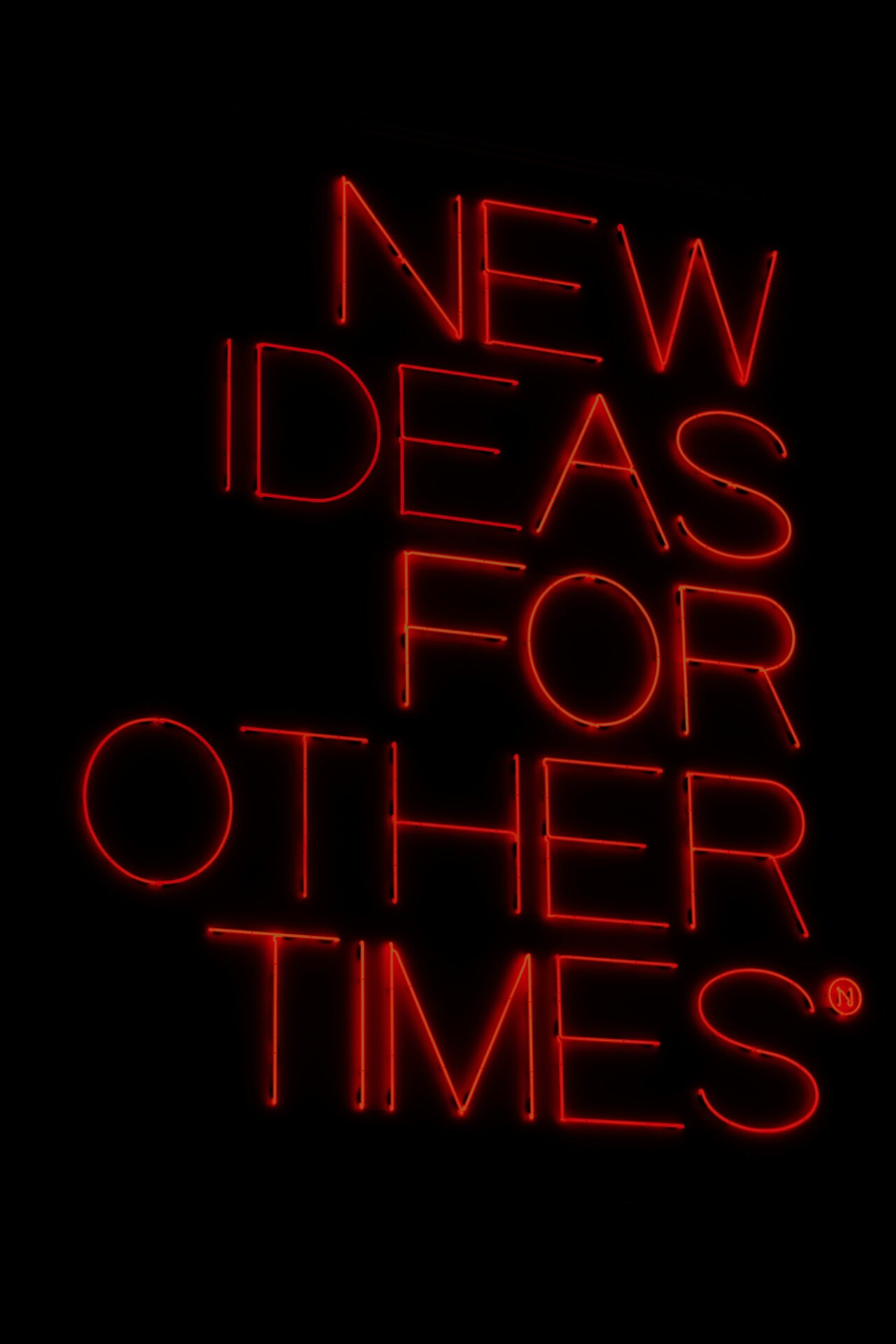Change: same same but different?
“The only constant in life is change,” said Heraclitus around 500 BC. But let’s be honest – who would have thought that a sentence from antiquity would one day be recycled as a keynote for corporate change management? The familiar creatures of habit nod knowingly at their desks, clinging on in the hope that change will simply pass them by.
But the storm of change is rarely so easy to shake off – change has come to stay. In this article, we take a closer look at the classic stumbling blocks that repeatedly appear in the change process – and how we can turn them into elegant outcomes through internal and external measures and the right communication.








